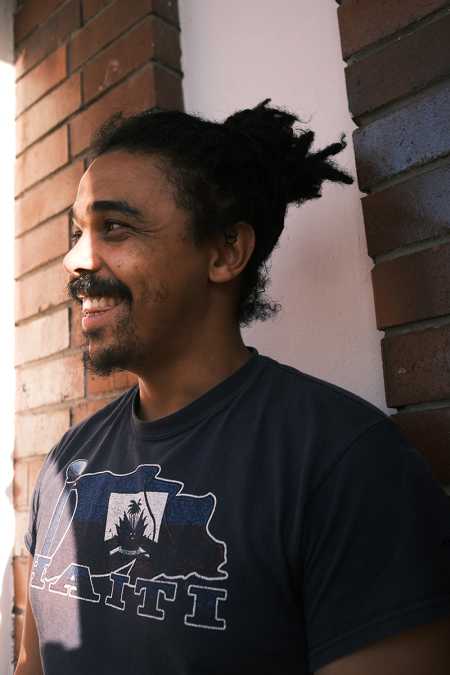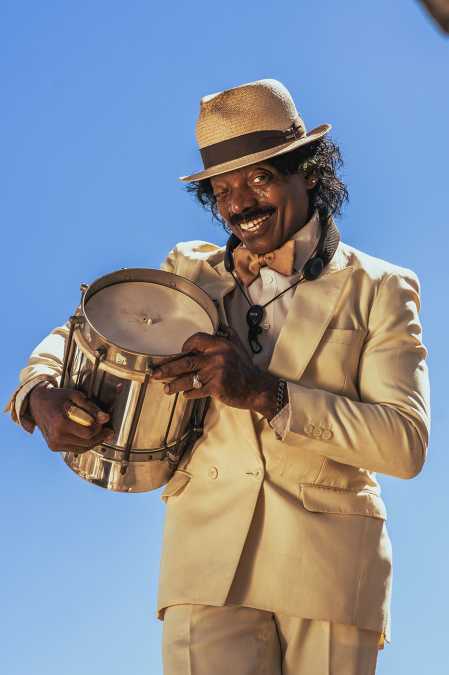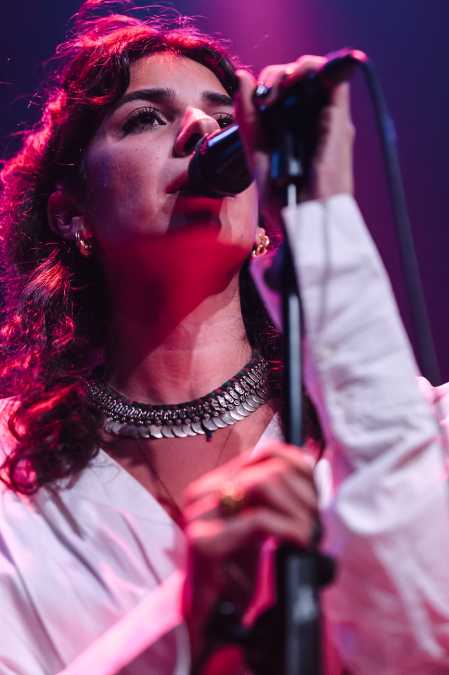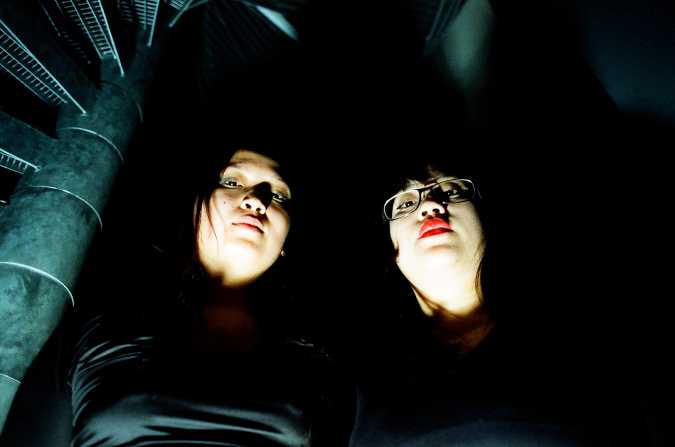Indian classical pioneer Kadri Gopalnath has devoted a lifetime to integrate the saxophone into the classical Indian genre of Carnatic music. We trace down the roots of this boundary-breaking artist who will perform at Le Guess Who? 2018, exploring his life and musical career. Kadri Gopalnath is curated by Shabaka Hutchings for the festival. In Shabaka's own words:
As a young boy, born in the Indian state of Karnataka, Kadri Gopalnath was introduced by his father to the nadhaswaram: the Indian equivalent of the clarinet. Reaching a high level of playing early on, a young Gopalnath also decided to study vocal music in Mangalore. At the age of 15, he first came into contact with a western woodwind instrument unknown to him: the saxophone. Attending a performance of a British band at the Mysore Royal Palace, his eyes were immediately caught by the shiny brass instrument. When the euphonious tones reached Gopalnath's ears, he knew for sure: "I am going to master this instrument."
With a study deeply rooted in the nadhaswaram and Indian vocal music, Gopalnath spent nearly twenty years to successfully master and integrate the saxophone into classical Indian Carnatic music: a very orthodox Indian genre, considered to be one of the oldest classical music structures in the world. Rooted in ragam (a melodic framework for improvisation) and deeply bedded in Hinduism, Carnatic music is based on single notes and melodies, featuring chords and harmony only incidentally. The genre also consists of a highly sophisticated concept of rhythm called thalam ('rhythmic cycle').
Supported by his father – who bought Gopalnath's first saxophone from a member of the Police Band for 800 Indian rupees; a large amount of money those days – and under the guidance of gurus like renowned musician T. V. Gopalkrishnan and Sir Balakrishna Pillai, Gopalnath started to learn the basics of the saxophone and immersing himself into the compositions of Carnatic music, Kritis and raagas. To suit his western saxophone for this classical Indian music, Gopalnath even modified his instrument himself. On this website about Carnatic music, Gopalnath wrote the following about these adjustments:
|
Adaptations to the instrument: The Saxophone as it is used in Western music has a range of 3 1/2 octaves. It basically produces staccato notes as required in Western music. Construction-wise, the instrument has almost been perfected, due to the high quality reeds used in the mouth-piece and general workmanship. The holes in the Saxophone are operated through metallic rods, which are manipulated by the fingers. Leather pads give an airtight coverage over the holes. But the operation of the keys which lift or bring down the pads produces distinct staccato notes. In addition, there is provision (by the operation of other levers) to open/close some holes. This enables one to traverse 3 1/2 octaves on this instrument. A good quality Saxophone (imported) will costs about Rs. 2 lakhs. Modifications to suit Carnatic music: During my experimentation, I realized that for the gamaka-oriented Carnatic music, the western construction will not do. Further, in our music the range is seldom more than 2 octaves. Some modifications were called for in order to produce gamaka-s and remove the superfluous attachments for enhanced range. Accordingly, I have made the following modifications to my Saxophone: 1. Some openings which facilitate attaining base notes (mandra/anumandra) have been blocked because the levers operating them were interfering with my fingering and in any case, those notes are not needed. |
In 1977, Gopalnath made his first live appearance with his saxophone at the Chembai Memorial Trust in Trivandrum, India. However, his true potential and talent only started to unravel when Gopalnath attended his first jam session with American jazz musician and Charles Mingus alumnus John Handy at the Jazz Yarta Festival in Mumbai, in the 80's. This unconventional pairing of pure jazz and Carnatic music became an instant hit with the audience and eventually opened doors to numerous of international jazz festival around the globe, including the Prague Jazz festival, the Berlin Jazz Fest, and the BBC Promenade Concert. Despite his collaborations in jazz, the Carnatic platform would remain Gopalnath’s mainstay throughout his entire career.
Throughout the years, Kadri Gopalnath has grown to become a cult figure whose popularity spread all over India and other parts of world. Besides performing live and recording several albums, Gopalnath also created scores for various movies. His instrumental soundtrack for 'Duet' became a major success in India: "After that movie I became known. I was in all the papers. It became difficult to travel in buses and trains. Of course I enjoyed the mass appeal."
The mass appeal is well deserved. Already at a young age, Kadri Gopalnath made the distinctive and remarkable choice to devote his life to become a pioneer in Indian Carnatic music. He grew out to be one of the first musicians to popularize the saxophone within this classical Indian genre. Modifying his instrument and developing new playing techniques to create microtones and voice-like ornamentation to suit Indian music, Gopalnath earned himself the title of 'Saxophone Chakravarthy': The Emperor of Saxophone. Acknowledged as a true Carnatic music genius, Kadri Gopalnath is considered to be one of the leading figures in popularizing Indian music around the world, placing him next to renowned sitar player Ravi Shankar.
Kadri Gopalnath's performance at Le Guess Who? 2018 is curated by Shabaka Hutchings. The festival also features a.o. Art Ensemble of Chicago, Anoushka Shankar & Manu Delago with MO Strings, Colin Stetson, Sons of Kemet XL, STUFF., Paddy Steer, Irreversible Entanglements feat. Pat Thomas, Ill Considered, and many more.




